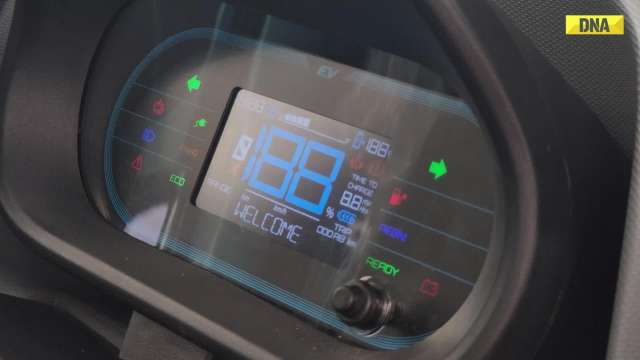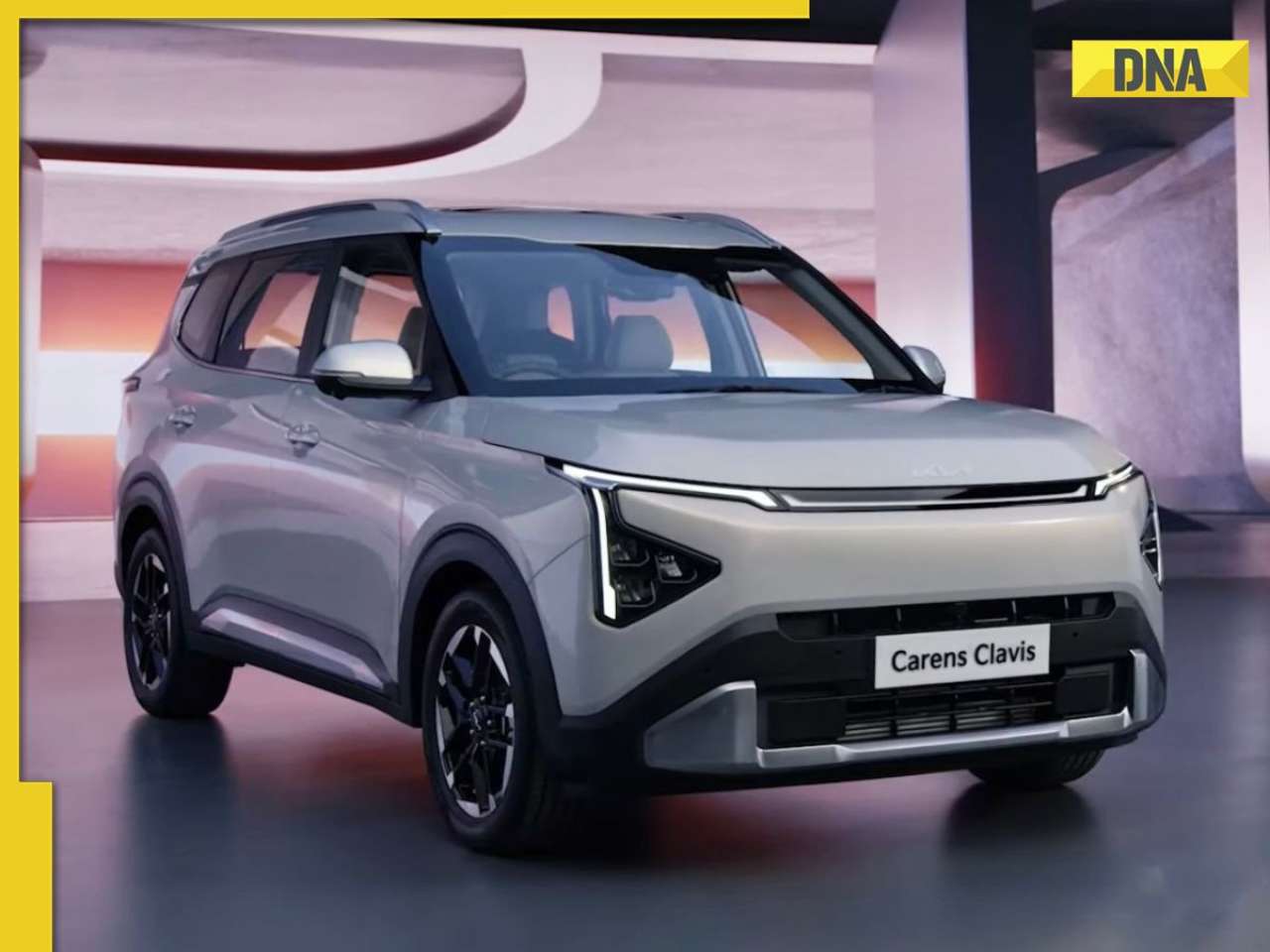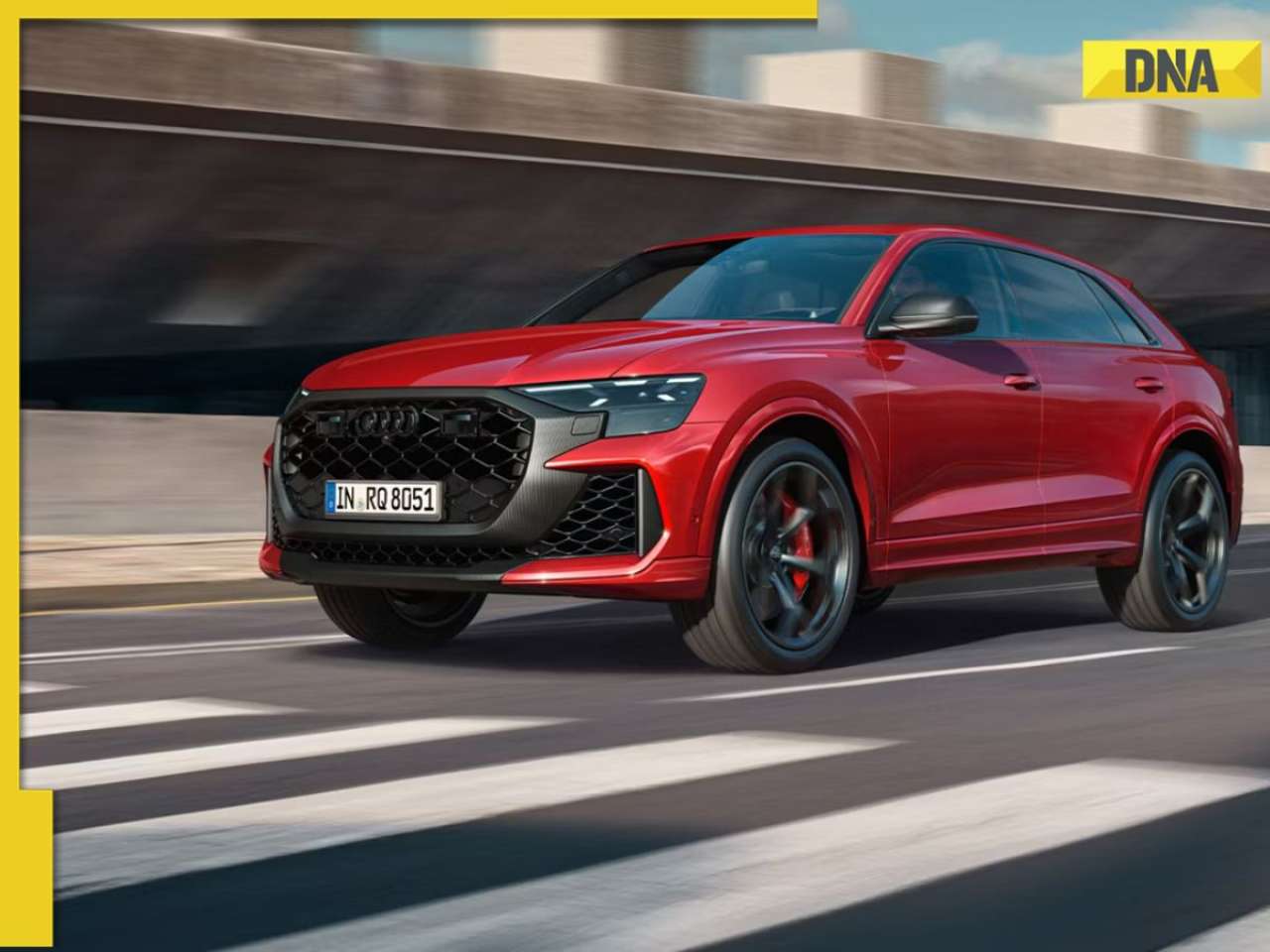Hybrid vehicle technology represents a solution aimed at enhancing fuel efficiency and decreasing emissions by blending two or more power sources. Typically hybrids combine a combustion engine (ICE), with a motor and battery pack. This fusion enables the vehicle to switch between or simultaneously utilize the power sources based on driving conditions and power requirements.
The prevalent form of vehicle is the parallel hybrid, where both the ICE and electric motor can directly propel the wheels. This setup offers operating modes; utilizing the motor for low speed travel, employing the ICE for high speed journeys or combining both for optimal performance and fuel economy. Another variant is the series hybrid, where the ICE generates electricity for the motor that exclusively drives the wheels. This configuration is commonly found in buses and trucks.
A hybrid vehicle consists of components such as the battery, electric motor, generator, power electronics and control system. The battery stores energy usually captured during braking; this energy is then utilized by the motor to support the ICE or independently power the vehicle.
In some vehicles a generator is utilized to generate electricity while the power electronics manage the energy flow, among the battery, motor and ICE. The control system ensures operation of these components enhancing efficiency and performance.
Distinguishing Between Plug In Hybrids and Traditional Hybrids: Hybrid vehicles can be broadly classified into two categories; hybrids (HEVs) and plug in hybrids (PHEVs). Both types offer advantages over ICE vehicles but exhibit distinct variations.
Traditional Hybrids (HEVs)
•Energy Source: HEVs mainly rely on gasoline with the electric motor providing power.
•Battery Charging: The battery in HEVs gets charged through braking and the ICE without any charging option.
•Electric Range: HEVs typically have an electric only range of about 1 2 miles since their smaller batteries are designed to support rather than replace the ICE.
•Fuel Efficiency: HEVs enhance fuel efficiency by using the electric motor to reduce the load, on the ICE especially in city driving and stop and go traffic scenarios.
Plug In Hybrids (PHEVs)
•Energy Source: Plug in hybrid electric vehicles (PHEVs) come equipped with a battery pack that can be charged using an electric power source as well, as through regenerative braking and the internal combustion engine
(ICE).
•Battery Charging: PHEVs have the flexibility to be connected to an outlet or charging station allowing them to function as fully electric vehicles for extended distances.
•Electric Only Range: PHEVs offer a notably increased range when operating solely on electric power typically spanning, between 20 to 50 miles depending on the specific model and battery capacity.
•Fuel Efficiency: PHEVs deliver fuel efficiency. Have the capability to run solely on electric power during short journeys thereby reducing both gasoline consumption and emissions.
Advantages and Challenges of Hybrid Systems Advantages:
1.Fuel Efficiency: Hybrid vehicles exhibit fuel efficiency compared to internal combustion engine (ICE) vehicles. By utilizing the motor hybrids can achieve mileage especially in urban driving scenarios characterized by frequent stops and starts.
2.Reduced Emissions: Hybrids emit pollutants than gasoline powered cars. The integration of power helps decrease fuel consumption and subsequently lowers emissions released into the air.
3.Regenerative Braking: Hybrids make use of braking to capture energy that would otherwise be dissipated during braking converting it into energy for recharging the battery. This procedure enhances the effectiveness of energy use.
4.Reduced Operating Expenses: Hybrid vehicles often incur costs due, to their improved fuel efficiency and the option to utilize electric power during parts of the journey. This results in decreased fuel expenditures and lower maintenance costs as there is strain on the internal combustion engine.
5.Improved Performance: The combined operation of a motor and internal combustion engine can lead to acceleration and performance. The instant torque delivery from the motor enhances the vehicles responsiveness.
6.Energy Mix: Hybrid cars play a role in diversifying energy sources by decreasing reliance on fuels. The capability to utilize electricity from sources aids in moving towards a more environmentally friendly energy landscape.
Challenges:
1. Cost: Hybrids typically come with an initial price tag compared to conventional vehicles due to their advanced technology larger battery packs and dual powertrain systems which contribute to the increased cost.
2. Battery Lifespan and Replacement: The batteries in vehicles have a lifespan and can be costly to replace. While advancements are being made in enhancing battery longevity concerns, about replacement costs and environmental impact persist.
3. Weight and Space Constraints: The inclusion of a motor and battery adds weight to the vehicle which can limit space for passengers and cargo. The additional weight can also affect how the vehicle handles and its overall efficiency.
Hybrid vehicle technology signifies an advancement towards more effective transportation. By blending the advantages of motors and internal combustion engines hybrids provide a rounded approach to lowering fuel consumption and emissions. Despite facing obstacles like costs and the necessity for enhanced infrastructure the merits of hybrid systems make them an appealing option for environmentally conscious consumers. With technology progressions hybrids are expected to play a role, in moving towards more efficient automotive solutions.
 Is Russia delaying supply of S-400 missile defence system to India due to China's pressure? Report claims...
Is Russia delaying supply of S-400 missile defence system to India due to China's pressure? Report claims... Despite Ravindra Jadeja's brave resistance against England at Lord's, Indian all-rounder joins elite list of Indian Test stars
Despite Ravindra Jadeja's brave resistance against England at Lord's, Indian all-rounder joins elite list of Indian Test stars Amritsar’s Golden Temple receives bomb threat, email says...; police beef up security
Amritsar’s Golden Temple receives bomb threat, email says...; police beef up security Watch Shubhanshu Shukla showcasing stunning zero-gravity experiments on board ISS using...
Watch Shubhanshu Shukla showcasing stunning zero-gravity experiments on board ISS using...  Who was Fauja Singh, 114-year-old veteran marathon runner, dies in road accident?
Who was Fauja Singh, 114-year-old veteran marathon runner, dies in road accident? Soya Bean vs Soya Chunks: 8 key differences, nutritional profile, health benefits, more
Soya Bean vs Soya Chunks: 8 key differences, nutritional profile, health benefits, more Improve gut health naturally: 7 foods to improve your bowel movement
Improve gut health naturally: 7 foods to improve your bowel movement  Which vitamin deficiency causes gum bleeding and why?
Which vitamin deficiency causes gum bleeding and why? Sawan Somwar 2025: 7 do’s and don’ts of offering prayers to Lord Shiva
Sawan Somwar 2025: 7 do’s and don’ts of offering prayers to Lord Shiva 7 rare images of Jupiter captured by NASA
7 rare images of Jupiter captured by NASA London Plane Crash: What Happened Moments Before Tragic Plane Crash At Southend Airport In London
London Plane Crash: What Happened Moments Before Tragic Plane Crash At Southend Airport In London TATA Ace Pro 2025: Power, Mileage & Payload Explained
TATA Ace Pro 2025: Power, Mileage & Payload Explained Bihar Lawyer Shot Dead In Patna By Gunmen, 3rd Shooting Incident In 24 Hours In Poll-Bound State
Bihar Lawyer Shot Dead In Patna By Gunmen, 3rd Shooting Incident In 24 Hours In Poll-Bound State Saina Nehwal & Parupalli Kashyap Part Ways After 7 Years Of Marriage, 'Life Takes Us...'
Saina Nehwal & Parupalli Kashyap Part Ways After 7 Years Of Marriage, 'Life Takes Us...' Bihar Election 2025: Tejashwi Yadav Accuses Election Commission of Bias, Targets BJP
Bihar Election 2025: Tejashwi Yadav Accuses Election Commission of Bias, Targets BJP  Meet man who is set to lead India's largest insurer company worth Rs 579000 crore as...
Meet man who is set to lead India's largest insurer company worth Rs 579000 crore as... Meet man, born in poor farmer family, after several failures, became richest Indian immigrant in US, his net worth is Rs…
Meet man, born in poor farmer family, after several failures, became richest Indian immigrant in US, his net worth is Rs… India's largest govt bank's services, including UPI, IMPS, ATM, to be temporarily unavailable on this date due to...
India's largest govt bank's services, including UPI, IMPS, ATM, to be temporarily unavailable on this date due to... Bill Gates loses Rs 4,38,35,52,000 in one week, here’s why his wealth is falling, ‘There are too many...’
Bill Gates loses Rs 4,38,35,52,000 in one week, here’s why his wealth is falling, ‘There are too many...’  Mukesh Ambani makes another BIG move as Reliance launches Campa in India's neighbouring country, not Bangladesh, Sri Lanka
Mukesh Ambani makes another BIG move as Reliance launches Campa in India's neighbouring country, not Bangladesh, Sri Lanka Meet former Indian speedster who joins Kavya Maran-owned Sunrisers Hyderabad as new bowling coach
Meet former Indian speedster who joins Kavya Maran-owned Sunrisers Hyderabad as new bowling coach No gym, no diet: How Dilip Joshi lost 16 Kg in just one month with just 45 minutes...
No gym, no diet: How Dilip Joshi lost 16 Kg in just one month with just 45 minutes... Urvashi Rautela turns heads at Wimbledon 2025 with her Labubu dolls, see pics
Urvashi Rautela turns heads at Wimbledon 2025 with her Labubu dolls, see pics Sara Tendulkar stuns in elegant green dress at Wimbledon 2025, see pics
Sara Tendulkar stuns in elegant green dress at Wimbledon 2025, see pics iPhone 17 series launch timeline leaked: Expected specs, display and camera upgrades
iPhone 17 series launch timeline leaked: Expected specs, display and camera upgrades Amritsar’s Golden Temple receives bomb threat, email says...; police beef up security
Amritsar’s Golden Temple receives bomb threat, email says...; police beef up security BIG move by DGCA after Air India plane crash report, directs all airlines to...
BIG move by DGCA after Air India plane crash report, directs all airlines to... Kerala nurse Nimisha Priya can still be saved by..., What is blood money in Islamic law, is it different for Muslims and Hindus?
Kerala nurse Nimisha Priya can still be saved by..., What is blood money in Islamic law, is it different for Muslims and Hindus? Largest ever military exercise: Where is it taking place? Is Indian Army participating in it?
Largest ever military exercise: Where is it taking place? Is Indian Army participating in it? Radhika Yadav case: Tennis player's Instagram account surfaces, cryptic bio raises questions
Radhika Yadav case: Tennis player's Instagram account surfaces, cryptic bio raises questions Meet man, IIT Delhi graduate, who works at Bill Gates' Microsoft as...; gets high-paying salary, he is from...
Meet man, IIT Delhi graduate, who works at Bill Gates' Microsoft as...; gets high-paying salary, he is from... Meet man, IIT alumni, left Rs 10000000 IT job due to..., he now does...
Meet man, IIT alumni, left Rs 10000000 IT job due to..., he now does...  Nearly 600 students of this govt school crack NEET, IIT-JEE exams, they were coached by...; name is...
Nearly 600 students of this govt school crack NEET, IIT-JEE exams, they were coached by...; name is... Meet man who studied 10 hours daily battling shoulder pain, cracked CA at the age of...
Meet man who studied 10 hours daily battling shoulder pain, cracked CA at the age of... Meet boy, who spent 2 pears preparing for JEE to achieve his IIT dream, got admission in…
Meet boy, who spent 2 pears preparing for JEE to achieve his IIT dream, got admission in… This luxury car is first choice of Indians, even left BMW, Jaguar, Audi behind in sales, it is...
This luxury car is first choice of Indians, even left BMW, Jaguar, Audi behind in sales, it is... Kia India unveils Carens Clavis: Check features, design changes, price and more; bookings open on...
Kia India unveils Carens Clavis: Check features, design changes, price and more; bookings open on... Tesla CEO Elon Musk launches most affordable Cybertruck, but it costs Rs 830000 more than older version, it is worth Rs...
Tesla CEO Elon Musk launches most affordable Cybertruck, but it costs Rs 830000 more than older version, it is worth Rs... Planning to buy a Maruti Suzuki car? Prices set to rise by 4% from...
Planning to buy a Maruti Suzuki car? Prices set to rise by 4% from... Audi launches Audi RS Q8 2025 in India: Know price, specifications and unique features
Audi launches Audi RS Q8 2025 in India: Know price, specifications and unique features 




)
)
)
)
)
)
)
)
)
)
)
)
)
)
)
)









